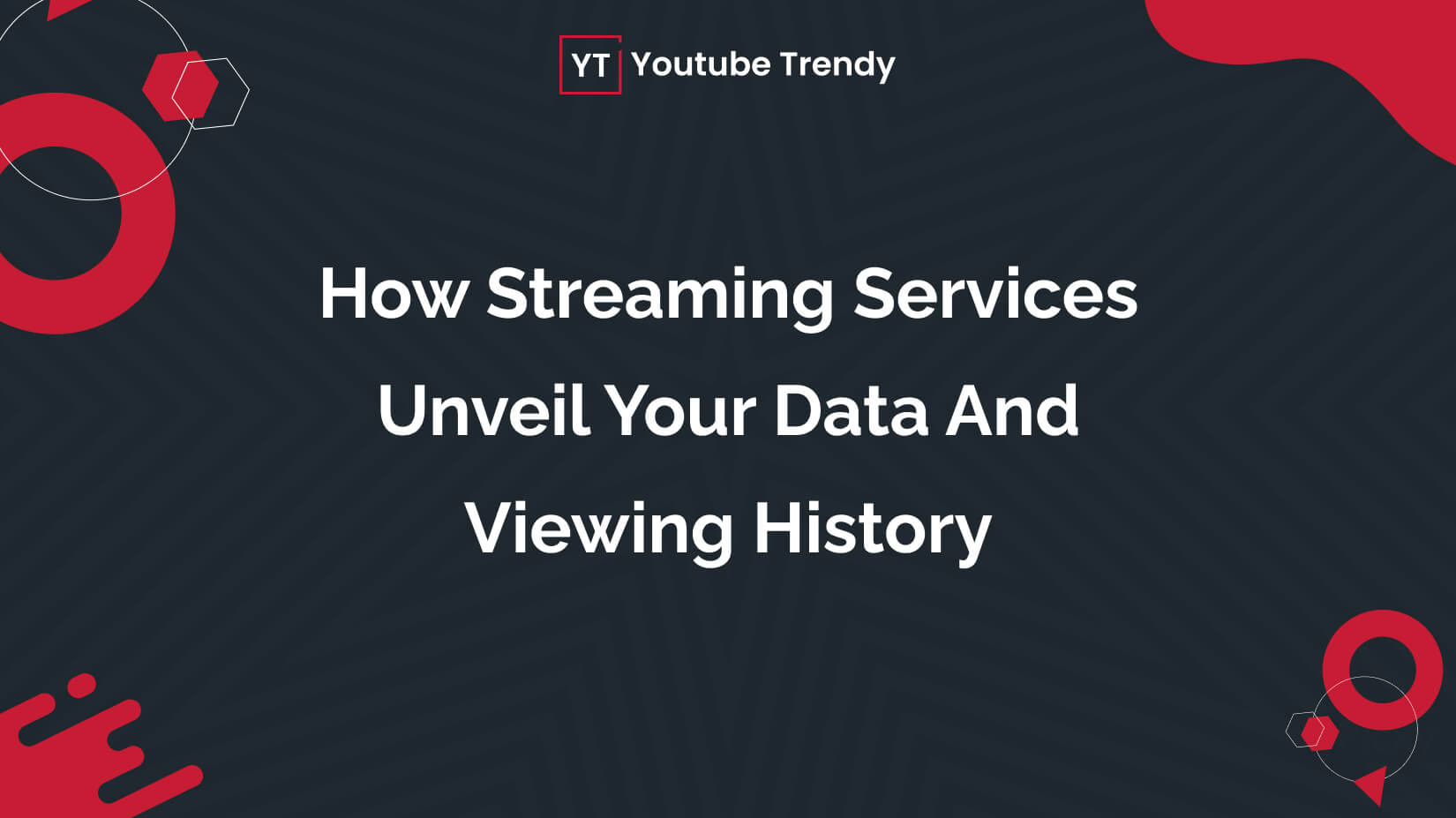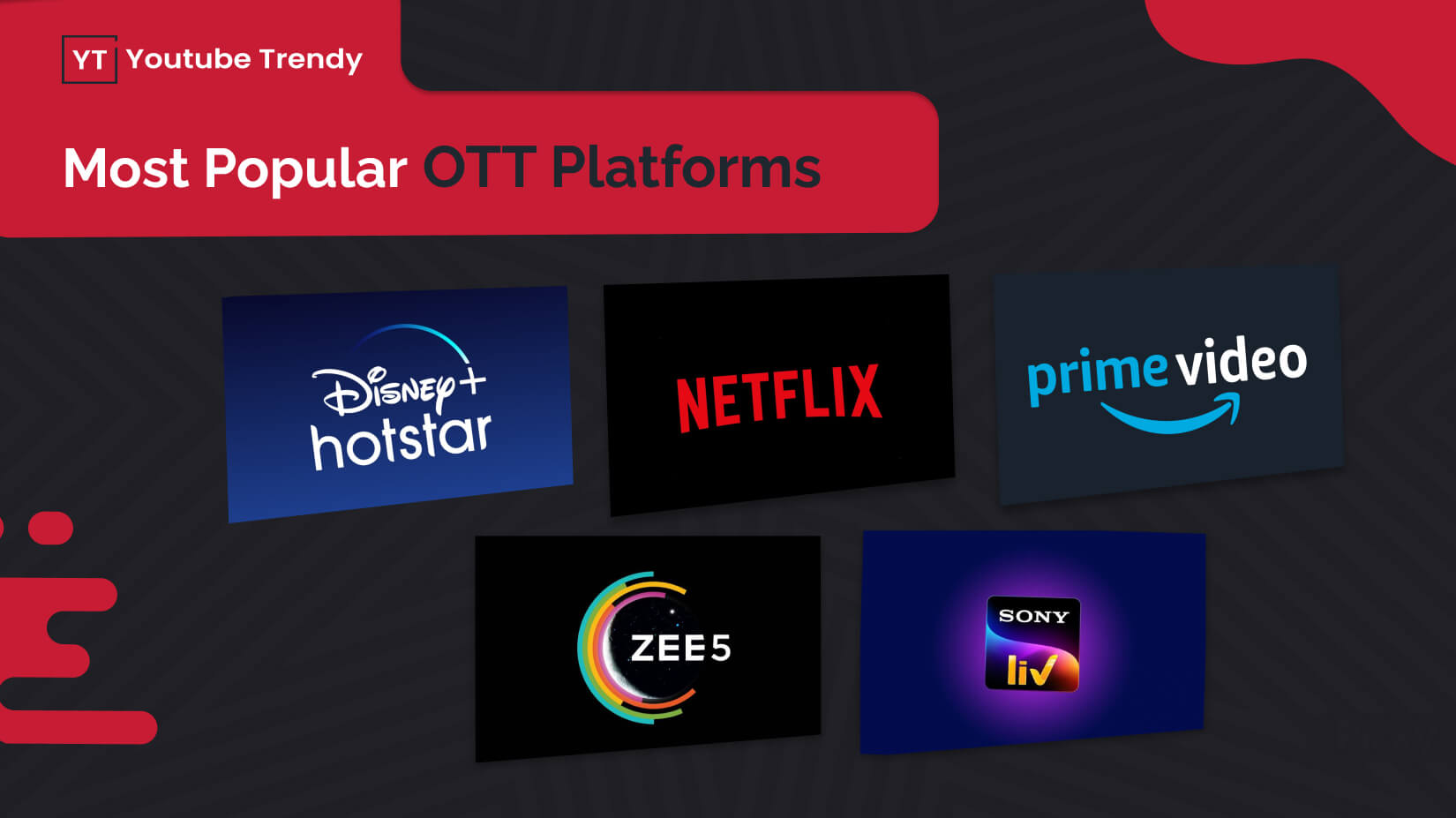As technology advances with the passing years, everything has transformed and is easily available. We can now do online shopping, business, and studies.
Meanwhile, technology has unveiled a new realm of entertainment, from free-of-cost video calls to streaming movies while traveling. Likewise, streaming services are alluring popularity as an immense source of entertainment. Streaming services such as Hulu, YouTube, Netflix, Disney+, Amazon Prime, and others have distracted the world’s concentration with their diverse content quality.
Also check – List Of Top 5 Most Popular OTT Platforms
You can watch thousands of TV shows, films, and documentaries from your smart devices. These streaming services provide numerous and diverse genres, from romance to mystery content.
However, the cons of these streaming services are that some content is unavailable in some regions, and some are streaming geo-ban outside the USA, like the people who live outside the USA can not watch YouTube TV in Philippines, South Korea, etc.
To unblock their premium content, you need to install a flash-fast VPN. You will find several options for streaming VPNs online.
Besides, most people need to know that these streaming services offer limitless entertainment choices, collect and use your data, and view history, which can put you in trouble.
This blog will give you deep insight into how streaming services utilize your data and watch history and what it means for your security.
1. Developing customized content suggestions
One of the fundamental ways streaming platforms peek at your data is by creating customized content suggestions. This means that once you have completed watching a specific movie or series, the streaming platform collects your data and uses it to make the same recommendations whenever you start the streaming platform.
For example, if you have watched seasons of the show “Bridgerton,” the platform will suggest similar content like “The Crown,” etc.
The algorithm that directs this procedure analyzes your viewing history to discover patterns and preferences. It searches for genres, creators, producers, artists, and reviews of the content you liked earlier.
With machine learning and AI, streaming services can foresee what will excite you next, even if you haven’t completed your recent show or movie.
Moreover, customized content suggestions have a warning message, meaning streaming platforms will examine and save your viewing information. So, every time you watch a show or movie, the streaming service assembles details like how long you spent your time on it, usually what time and day of the week, and how many times you repeat telecast it.
2. Examining user preferences and behavior
Streaming services also require information data and view history for your preferences and behavior. This helps them discover new trends and know what content the audience is consuming, likes, or dislikes.
For example, if the streaming service finds that most people are searching for holiday-related content, they will undoubtedly invest in more holiday content. Similarly, if more audiences engage in a particular movie or show on a social media platform, the streaming services will illustrate it more prominently to others.
Streaming platforms can comprehend the watching patterns of distinct age groups, genders, and demographics by analyzing your fondness and behavior. They use this insight to create targeted promoting campaigns that will surely relate to their subscribers.
For instance, the platform may recognize that most youngsters are streaming “ Stranger Things.” It will then probably boost it more extensively to this specific age group.
However, collecting your likes, dislikes, and behavior is also frightening. Streaming services are gaining large amounts of data on how their audiences adapt to digital media. This includes your regular streaming habits, likes, and dislikes in movies and series.
3. Monetizing your data
Streaming services demand your information data and viewing history to monetize your descriptions. This means the services can use your data to trade off selected advertisements. Or they can convey the data to third-party firms for financial profits.
For instance, if the streaming service collects your data showing you love beauty products, they often sell them. These are frequently presented to beauty product creators, who will use them to boast their products on your feed.
4. Enhancing subscriber connection and operative
Lastly, streaming services demand your data to promote user interface and operations and customized content suggestions. For example, if many people are not watching a particular series or movie and drop off in the middle, the platform notices that. Then, it conveys the info to the team to fasten the storyline or improve the pace of the tale to keep the audience captivated.
Likewise, if most people skip a particular series episode, the streaming platforms will probably erase it from the series.
Besides this, streaming platforms can also discover what device you use while streaming, your location, and your internet extent through your data. This will help them in tracking the streaming disclosure for each streaming session.
Conclusion
To conclude, streaming services are remarkably modifying the entertainment industry in good and bad manners, just like Yin & Yan; it is essential to be careful of how these services collect your information and data and view history. Always remember, never avoid privacy policies unread, control the range of personal details you set, and take measures to shield your privacy online.


